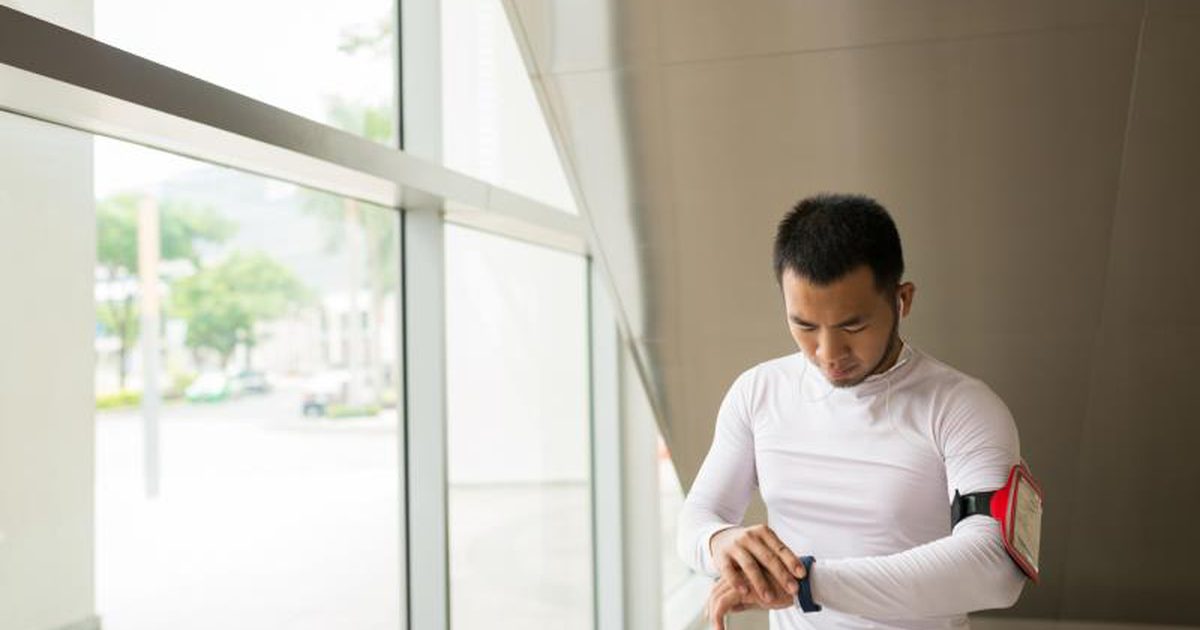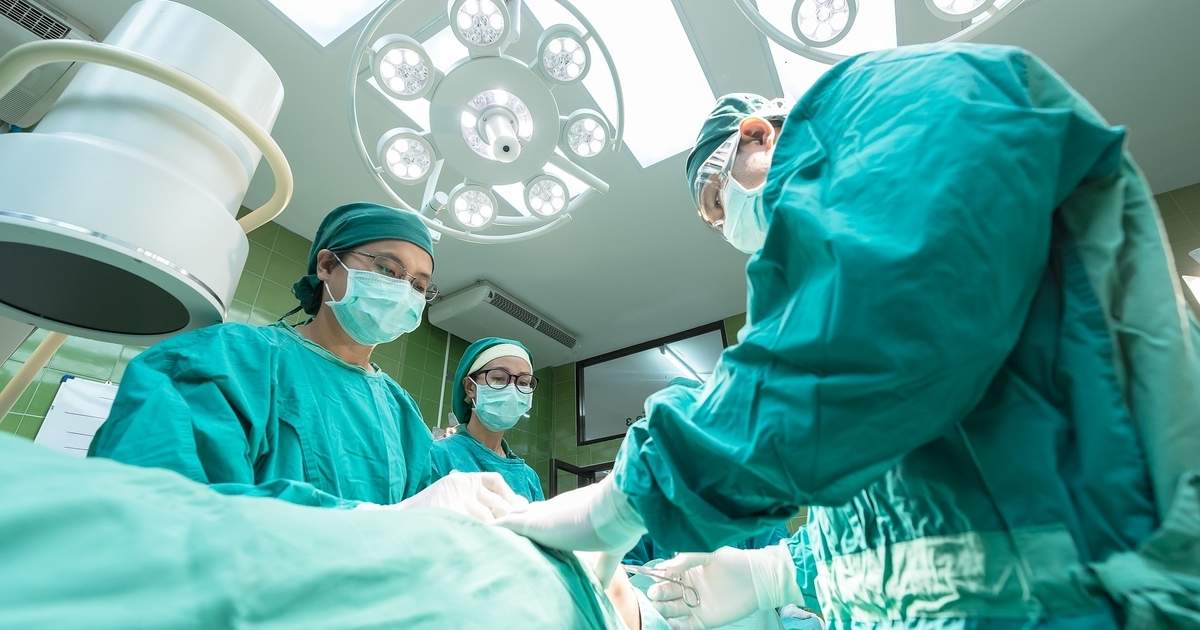Ways To Treat A Labrum Tear
A labrum tear is an injury to the cartilage joining the humerus bone to the scapula in the shoulder. The labrum, or labral cartilage, lines the socket of the scapula where the ball of the humerus fits. A labrum tear in the shoulder can be classified in several different ways, depending on the cause and severity of the injury. This can be a painful injury, but the good news is it can often be treated with at-home treatments and common sense. Of course, accidents happen and patients may need to see a doctor for an accurate diagnosis and specialized medical care. Learn more about the levels of medical care available to treat labrum tears now.
Physical Therapy

When the cartilage is damaged by intense usage or through an accident, the bones can pop or grind against each other without proper cushioning. The labrum cartilage can slip out of place, and the ball of the humerus either rides against the socket or can shift out of the socket as well. The cartilage also experiences further damage if stress is placed upon it before it can heal correctly. Some tears are worse than others and show symptoms like grinding, pain, clicking, and weakness. Physical therapy without surgery can often reverse and heal this damage. Applying ice in the early days of the injury reduces swelling and pain. Resting the injured area is essential to both healing and preventing further damage. Finally, integrating rotator cuff exercises will loosen the stiffness and help recover full use after an injury.
Keep reading for more options related to treating a labrum tear now.
Cessation Of Throwing And Intense Sports

One of the most important treatments for a labrum tear is to stop using the injured shoulder. Cessation of throwing and intense sports like swimming not only raise the risk of labrum tears, but they can make the situation worse. Overuse can lead to surgery that might have been avoided otherwise. The less damage an area experiences, the more fully it can heal to its original state. If an athlete takes careful measures, their injury does not have to signal an end to sports. Many injuries can heal, given time and attention, while the athlete shifts their activity to focus on other body systems for other kinds of exercise.
Reveal the next way to treat a labrum tear now.
Anti-Inflammatory Medication

An anti-inflammatory medication will reduce swelling and ease pain following an injury to the labrum cartilage. This allows for a better, more healing rest as an individual tries to stay comfortable while inactive. This is a hard thing for many athletes to do, and it is important not to use medication to mask the injury and keep playing sports. The risk of further, deeper, and more lasting damage is too great. An athlete needs to make a brilliant plan that will allow them to rest their injured shoulder while keeping their usually active body occupied. Focusing on lower body exercise is one method that has helped athletes during the healing process. Anti-inflammatories include ibuprofen and naproxen, and while these can assist in healing, they may cover a problem a doctor needs to investigate. Athletes need to be willing to visit their doctor and get a better picture of their injury as well as informed treatment options even if they are using anti-inflammatories for pain management.
Get familiar with more labrum tear treatment options now.
Arthroscopic Surgery

While many labrum tears can be treated with home remedies, and some exhibit no pain whatsoever, others are more serious. The injuries that come from a fall or repetitive overhead arm movements of an intense nature often lead to surgery. Surgery can repair damage and allow for improved usage with reduced to no pain. Arthroscopic surgery involves making a small incision and inserting a tiny camera into the injured socket. The damage labrum is repaired with sutures and healing can begin again. The shoulder must be immobilized for the length of time advised by the doctor. Premature return to sports or other use of the shoulder will interfere with healing. The sutures the surgeon placed in the shoulder must hold the labrum in place so it can grow and heal again (often eight to twelve weeks). Movement will not help. It's also important to understand surgery cannot make a shoulder like new again. It returns normal daily use to the shoulder, but not to the levels of use some overhead sports require.
Learn more about treating labrum tears effectively now.
Shoulder Reduction

The difference between arthroscopic surgery and shoulder reduction surgery is mainly the difference in the size of the surgical area. Arthroscopic treatments require a much smaller incision, which means reduced swelling, pain, and healing time. However, some shoulder injuries require further surgical treatment. The incision is larger, though still not a large incision by medical standards. The labrum is sutured so it can heal back into its correct place supporting the joint. Larger injuries simply require more involved treatments. Following the doctor's instructions, which is a hard thing for many athletes who are used to intensity, competition, and activity, will provide the absolute best healing possible. Often, a fall or sports-related injury cannot be prevented, but we can have more control over the healing process than we may realize. Using that control for optimum healing can bring out the athlete in anyone.